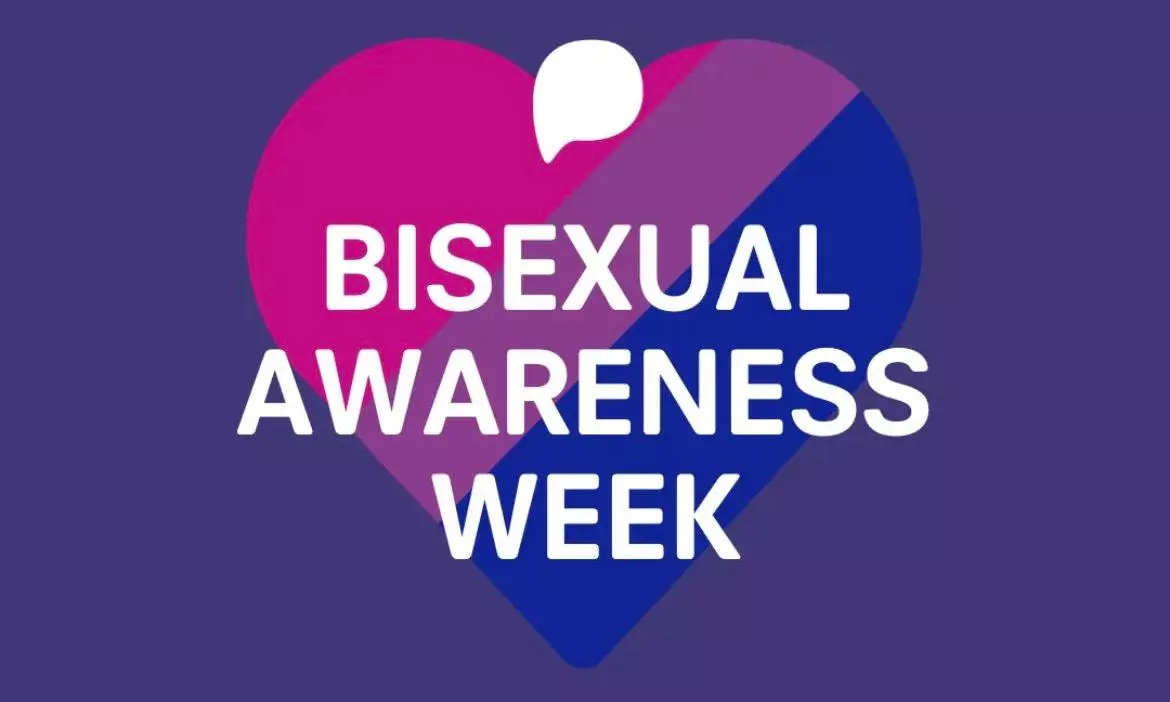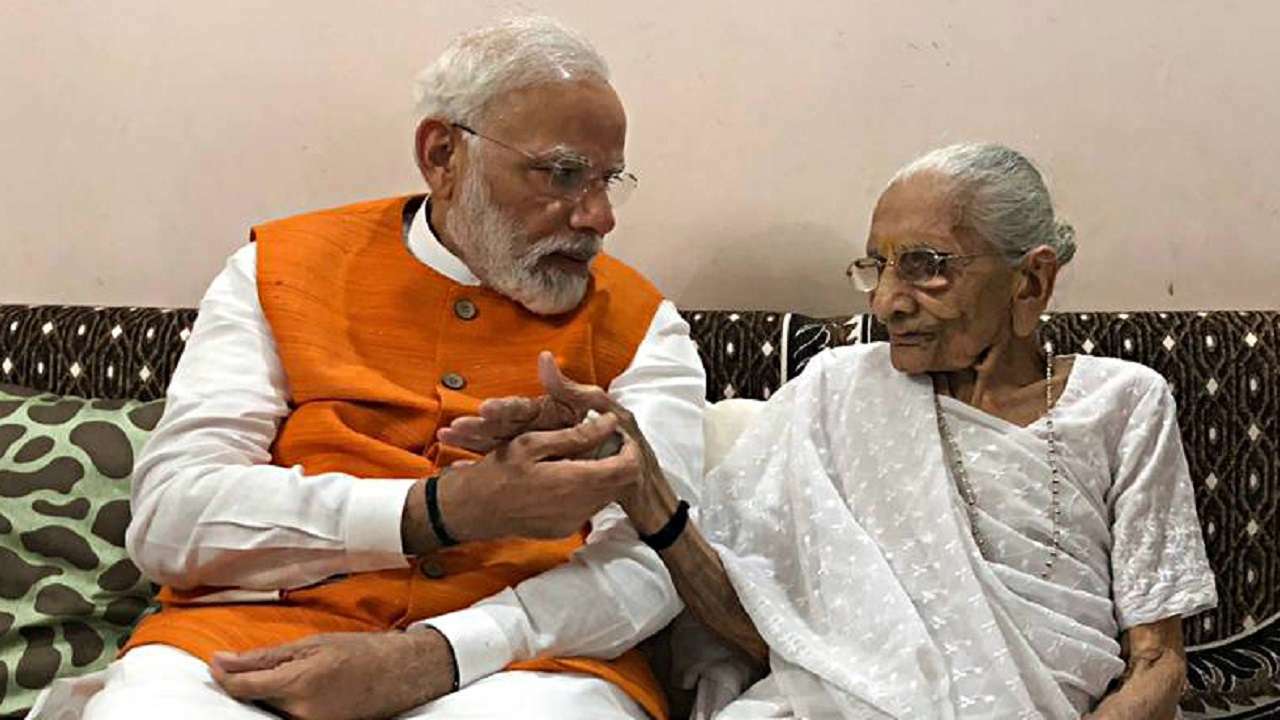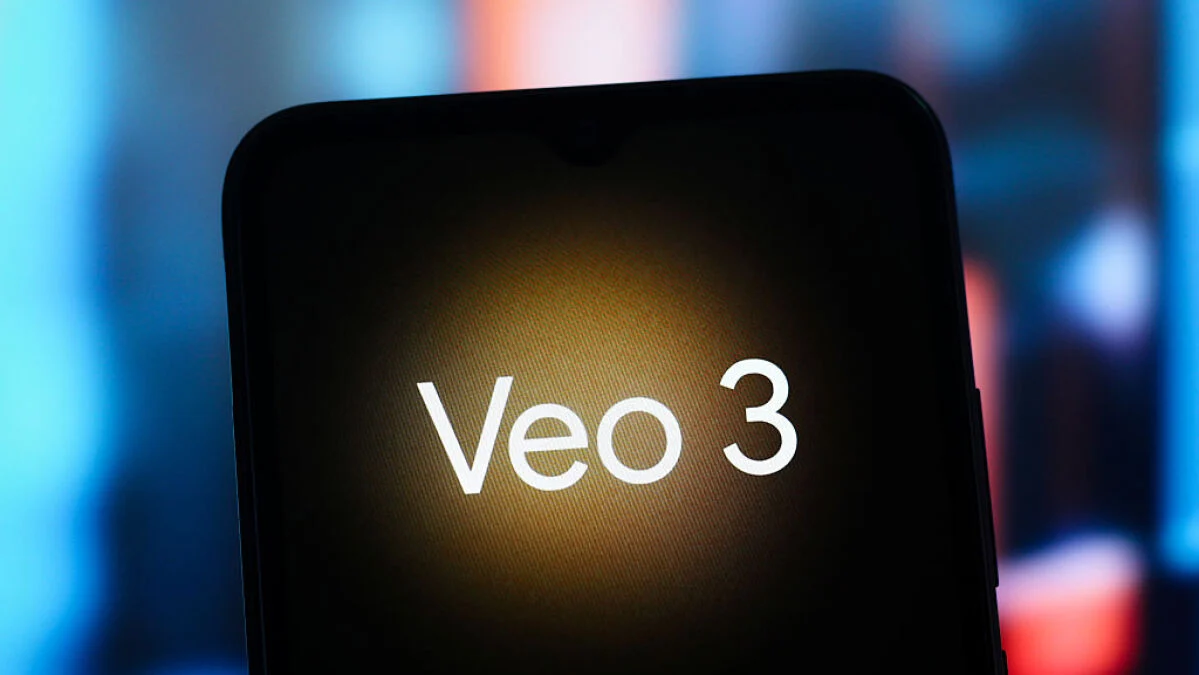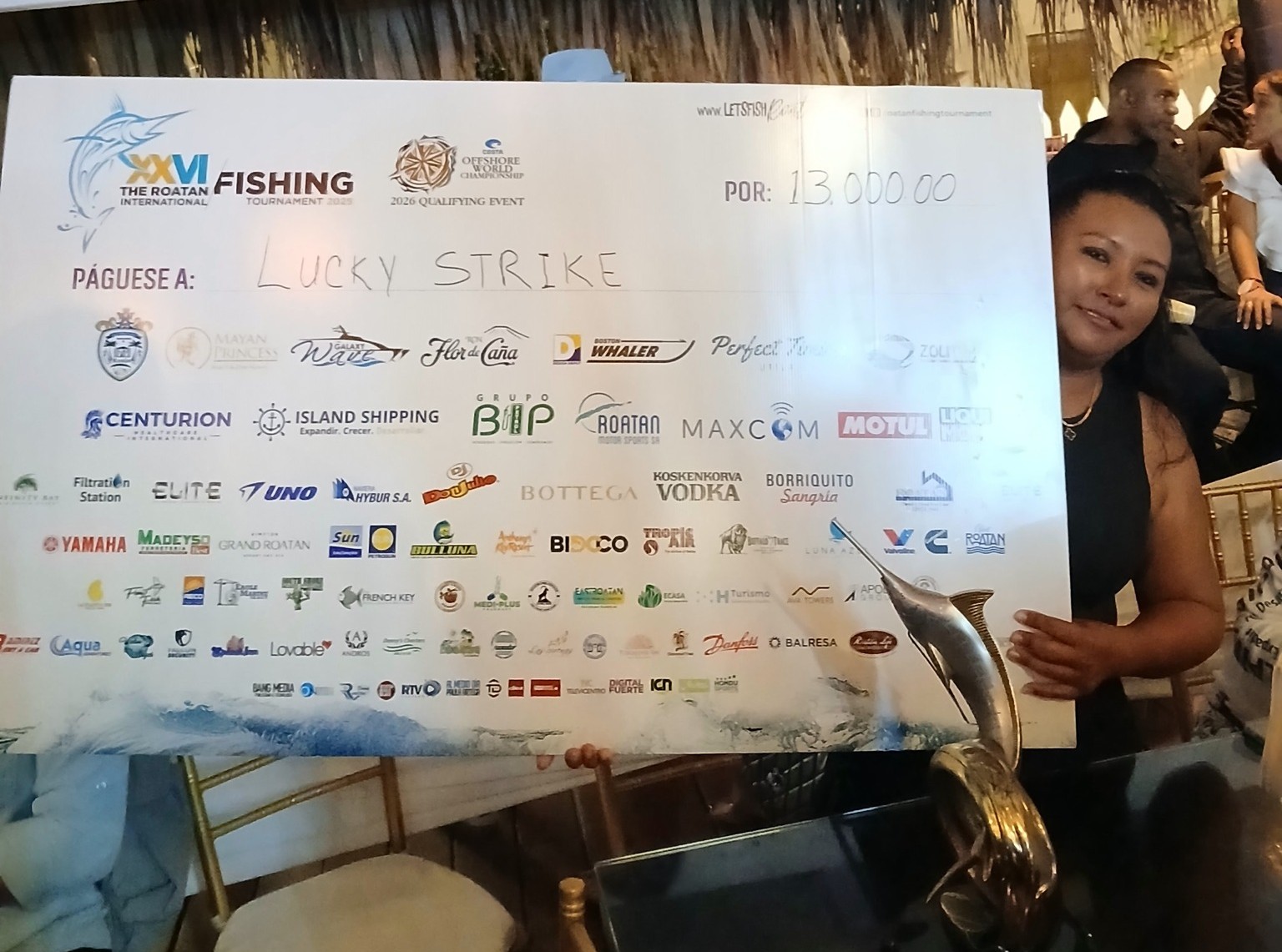By Guest Post
Copyright deccanchronicle

The B in LGBTQ+ stands for bisexuality, yet several misconceptions around this sexual orientation still exist both inside and outside the community. With Bisexual Awareness Week being observed from 16th September, culminating in Celebrate Bisexuality Day on 23rd September, Deccan Chronicle speaks to members of the LGBTQ+ community to debunk popular myths surrounding bisexuality.Myth #1: Bisexuals like only men and womenAccording to the Gay and Lesbian Alliance Against Defamation (GLAAD), the definition of bisexuality is “the potential to be physically, romantically, and/or emotionally attracted to people of more than one gender.” The notion that bisexual people are attracted to only two genders, i.e., male and female, comes from the prefix ‘bi-’, but ‘bi’ actually refers to genders that are similar to one’s own and others. So, a cisgender bisexual woman might be attracted to both cis women (her gender), cis men, and transgender men (other genders).Only considering male and female as both genders also puts bisexuality into a gender binary. Kali, a communications coach and founder of non-profit organisation SocioQueers, explains, “Bisexuality is attraction to two or more genders, but the two can be anything – it doesn’t necessarily have to be a man and a woman. I have known quite some people who are bisexual and attracted to only cis women and trans women.” Bisexuality is inclusive of all individuals regardless of their gender identities.Myth #2: Bisexuals feel 50-50 attraction to two gendersThe idea of bisexuals feeling equal attraction towards two genders again stems from the prefix ‘-bi’. As we’ve established, ‘bi’ doesn’t necessarily mean only two genders, but does that mean a bisexual who’s attracted to three genders feels an equally divided 33.3% attraction towards them? Not quite. “Bisexuality isn’t like a math equation where LHS has to be equal to RHS,” says an academic trainer and individual who identifies as bisexual, Sagnik. “It’s all based on individual feelings and desires.” Kali adds, “It’s very possible to have preferences. Some bisexual women have a preference for men over women, some prefer women over men, and some truly embody this idea of 50-50. It is a spectrum, and everybody falls on it differently.”Rather than equal ratios, bisexual attraction (or any kind of attraction for that matter) should be viewed as a continuum. 50-50 demands fixity, when attraction varies from person to person and evolves with time and experience.Myth #3: Bisexuals are promiscuous/unfaithfulHypersexuality and bisexuality are seen as concentric circles, but this is far from the truth. Aleena, a student and another individual who identifies as bisexual, reveals, “If people know you are attracted to more than one gender, they categorise you as ‘hypersexual.’ Some bisexuals are very hypersexual, but it’s not a rule every bisexual has to abide by.” Whether a person is hypersexual and subsequently non-monogamous or adulterous has more to do with perspective than sexuality. So, why do bisexuals get flak about this? “Desire and lust as we know it are conceptualised in a heteronormative society,” Aleena states. “In a typical cishet relationship, you’re supposed to be jealous of your partner’s opposite-sex friends, but bisexuality questions this binary.”For bisexual people, the sex of an individual (or individuals) does not determine their attraction towards them. Sexual attraction is based on several factors and simply being attracted to a larger group of people does not translate into feeling more attraction than heterosexuals or homosexuals. One’s sexual orientation does not influence their sexual practices, and that rings true for all sexualities.And these are only a few of many other myths that exist out there. Bisexuality isn’t a sexual orientation stuck in a limbo between homosexuality and heterosexuality; it’s an identity of its own. When a large part of the LBGTQ+ community identifies as bi, it’s important for both community members and allies to avoid stereotyping these individuals and try to understand their unique bisexual experiences.This article is authored by Tejasree Kallakrinda, interning with Deccan Chronicle



